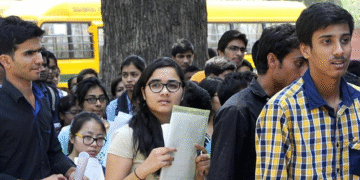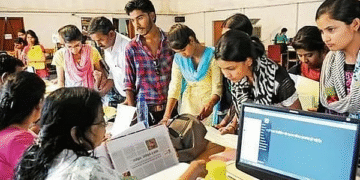Special Correspondent
Pune : A recent report by Statista has brought to light the growing issue of traffic congestion in Pune, ranking it among the most traffic-congested cities in India. The findings highlight a troubling reality for the city’s residents, as they spend an average of 28 minutes to travel just 10 kilometers within the urban sprawl. This level of congestion places Pune in the same league as Bengaluru, which has long been notorious for its traffic woes. In comparison, the nation’s capital, New Delhi, reported a slightly better average of 22 minutes for the same 10-kilometer journey. These findings are particularly alarming, as they underline how Punekars are enduring almost an entire week’s worth of time each year stuck in traffic.
The report has raised serious concerns about the city’s urban planning and infrastructure, sparking discussions about the long-term impact on residents’ productivity and well-being. The relentless gridlock is not only frustrating for commuters but also detrimental to the city’s economic and social fabric. The situation has become so dire that it has prompted local authorities to take urgent steps to address the problem.
In light of the rising congestion, the Pune Municipal Corporation (PMC) and local traffic authorities have devised an ambitious plan aimed at mitigating the issue. Their strategy revolves around a “no-cost traffic management” approach, which is designed to optimize existing resources without additional financial burden. The plan primarily focuses on improving traffic flow on the city’s busiest routes. Manoj Patil, Assistant Commissioner of Police (ACP) in Pune, emphasized that the initiative will target 20 critical routes, all of which are currently facing severe traffic bottlenecks. The objective is to enhance road capacity on these key corridors, which is expected to reduce travel times significantly.
Through this effort, the local authorities hope to not only alleviate the traffic congestion but also improve the overall quality of life for residents. With a more efficient and faster commuting system, residents will be able to save time, reduce stress, and experience an improved standard of living. However, it remains to be seen how effective this “no-cost” strategy will be in the long term and whether it will make a significant dent in the city’s traffic problems. Nevertheless, it marks an important step in the city’s journey toward tackling its growing urban mobility challenges.



















